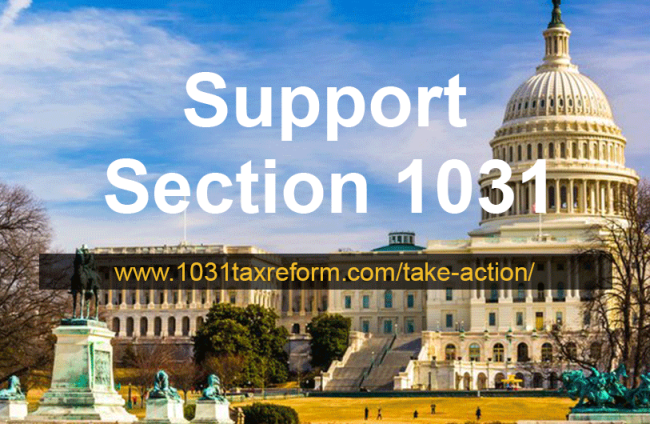There are many requirements to ensure for a compliant 1031 exchange. One frequently posed question by potential exchangers pertains to what property is considered “like-kind” to another property. It relates to the term “like-kind” referring to two real estate assets of a similar nature irrespective of class or quality, that (if exchanged by the rules) can be replaced without realizing any taxable gain.
The Internal Revenue Code (IRC) Section 1031 defines like-kind property as any property held for investment or use in a trade or business. The relinquished property and the replacement must be of like-kind to qualify for exchange treatment. Put simply, both properties involved in the exchange must be for use in a trade or business, or investment purposes. So, for example, although a personal residence or a vacation home is real estate, since it is held for personal use and not for investment, it would not qualify for exchange treatment. Property held as part of a dealer’s or developer’s inventory also does not qualify.
What is “Like-Kind”?
The rules provide that the words “like-kind” reference the nature or character of the property and not its class or quality. Under the Regulations, things to consider include “the respective interests in the physical properties, the nature of the title conveyed, the rights of the parties, and the duration of the interests.” Based on these provisions, like-kind is defined in the tax code quite liberally in that any real estate is like- kind to any other type of real estate. For example, whether the real estate is improved or unimproved is not significant. Many court cases and rulings have addressed the like-kind standard for real property. Regulations provide examples of like-kind real property, some of which are obvious, others less so. Below are examples of real property interests that can be exchanged for any other type of real estate:
Strip center for multi-family rental
Vacant lot for improved property
Improvements on property not already owned
Oil, gas and other mineral interests
Water rights
Cell tower, billboard and fiber optic cable easements
Conservation easements
The Regulations also require the replacement property be located within the United States and some of its territories and possessions to qualify as like-kind for property sold in the United States. For example, a taxpayer cannot use proceeds from the sale of an office building in Dallas to acquire an investment property in Mexico. While a Mexican condominium investment sounds like a great retirement plan after the extended rental period is over, it’s not going to pass muster with the IRS when it comes to Section 1031. Property located outside the United States is like-kind only to other property located outside of the United States.
Like-Kind Requirements Takeaways
Like-kind real estate are assets of the same nature or character, irrespective of class or quality that can be exchanged without realizing tax liability under Section 1031
Properties must be held use in a trade or business, or investment purposes but do not need to be similar in class or quality
Any type of real estate is like-kind to any other real estate interest
Many non-traditional real estate interests are like-kind to conventional interests
Properties must be in the United States and some US territories and possessions in order to qualify as like-kind to other properties in the United States
https://cta-redirect.hubspot.com/cta/redirect/6205670/3affec8d-f739-49b… alt=”free download: understanding a like-kind exchange” class=”hs-cta-img” height=”150″ id=”hs-cta-img-3affec8d-f739-49b0-a02b-d35ffc3abed1″ src=”https://no-cache.hubspot.com/cta/default/6205670/3affec8d-f739-49b0-a02…; style=”border-width:0px;” width=”1320″ />https://js.hscta.net/cta/current.js”> hbspt.cta.load(6205670, ‘3affec8d-f739-49b0-a02b-d35ffc3abed1’, {});
Be sure to discuss 1031 exchange plans with a trusted Qualified Intermediary such as Accruit. Following the like-kind requirements is just one of several rules that must be adhered to in order to complete a successful
